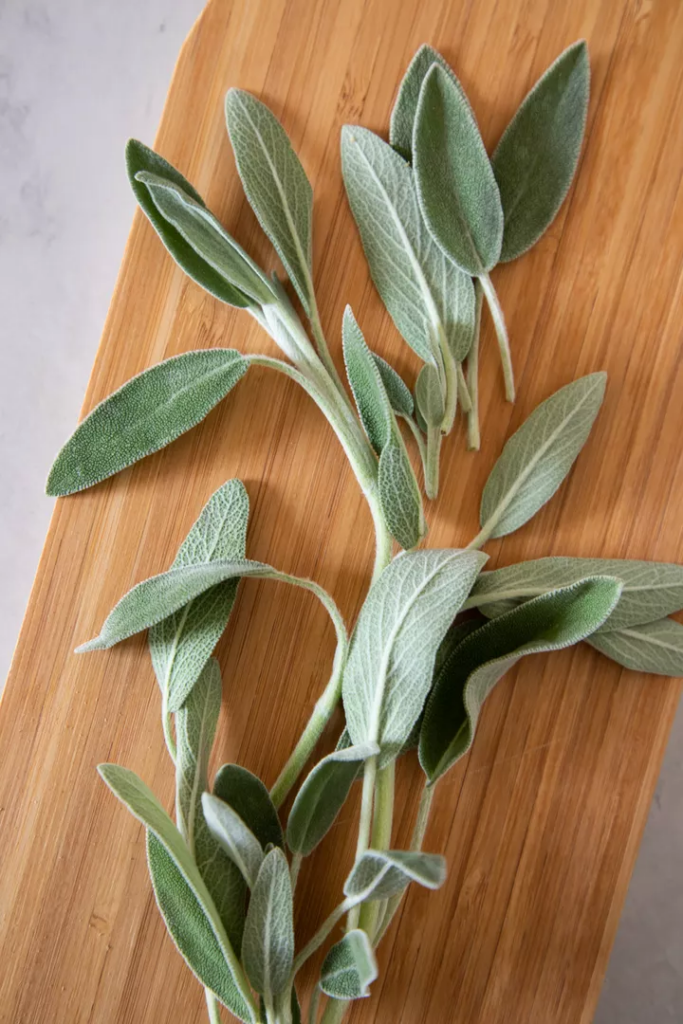
As the chilly days of winter approach, what better way to preserve the warmth and sunshine of summer than by preparing homemade apricot nectar? This delightful, all-natural beverage captures the essence of fresh apricots and doesn’t require a juicer or any added sugar. Perfect for savoring the sweet taste of summer all year round, here’s how you can make your own apricot nectar at home.
Health Benefits of Apricot Nectar
Apricots are not only delicious but also packed with vitamins, minerals, and antioxidants. Making apricot nectar at home ensures you get all these benefits without the added sugars found in many store-bought juices. Here’s why apricot nectar is a healthy choice:
- Rich in Vitamins: Apricots are a great source of vitamins A and C, which are important for immune function and skin health.
- High in Fiber: Natural apricot nectar retains some of the fruit’s fiber, aiding in digestion.
- Antioxidant Properties: Apricots contain antioxidants that help combat oxidative stress in the body.
Ingredients Needed
- Fresh apricots
- Water
- Optional: A cinnamon stick or lemon zest for extra flavor
Steps to Make Apricot Nectar
- Prepare the Apricots:
- Wash the apricots thoroughly.
- Cut the fruit in half and remove the pits. If you prefer a smoother nectar, you can peel the apricots, but keeping the skin on will increase the fiber content.
- Cook the Apricots:
- Place the apricot halves in a large pot.
- Add enough water to just cover the bottom of the pot (about a cup of water for every pound of apricots), which helps in steaming and preserving the fruits’ natural juices.
- For an added twist, include a cinnamon stick or a strip of lemon zest.
- Simmer:
- Bring the water to a simmer over medium heat, then cover and let the apricots cook until they are completely soft and the flavors have melded, about 15-20 minutes.
- Blend the Mixture:
- Once the apricots are softened, let them cool slightly.
- Transfer the contents to a blender, and puree until smooth. If you want a thinner consistency, add a little water.
- Strain (Optional):
- For a smoother nectar, strain the puree through a fine mesh sieve to remove any solid bits.
- Bottle and Preserve:
- Pour the nectar into clean jars or bottles.
- Seal and store in the refrigerator or preserve using a canning process for longer shelf life.
Enjoying Your Apricot Nectar
This homemade apricot nectar can be enjoyed in various ways—drink it chilled, use it as a natural sweetener in yogurts or cereals, or even incorporate it into your baking recipes for a touch of apricot flavor. It’s a delightful, healthful treat that brings the taste of summer into the colder months.
Making your own apricot nectar is a simple and satisfying process that not only provides a nutritious beverage but also connects you to the flavors of the season, all without the need for added sugars or a juicer. Enjoy the natural sweetness and health benefits of apricots any time of the year with your homemade nectar!











